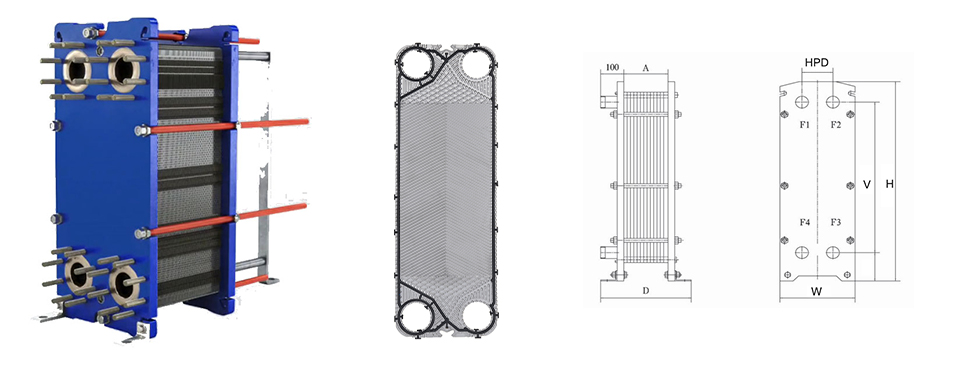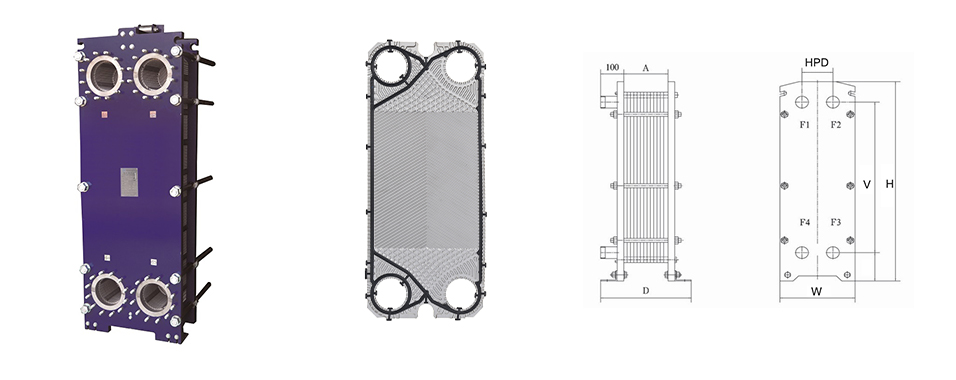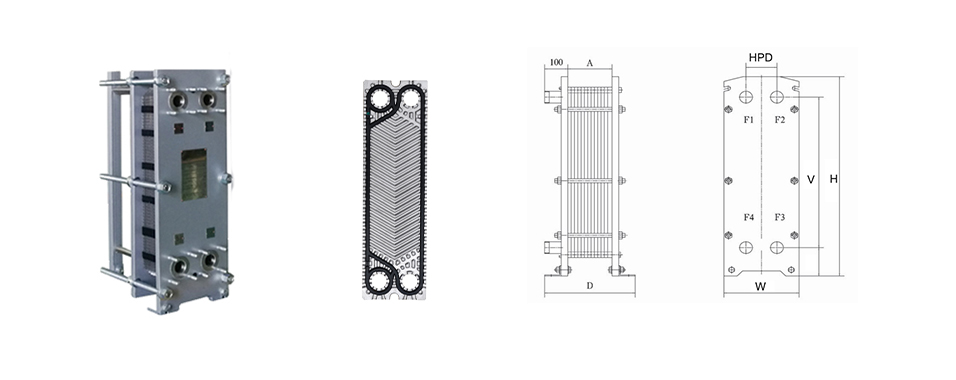Plate heat exchanger can not be ignored
When we require Plate heat exchangers to provide good heat exchange effects, we cannot ignore the way it is used. Today, the professional manufacturers who provide you with preferential Plate heat exchanger prices will share with you the problems that cannot be ignored with Plate heat exchangers.
1. For Plate heat exchangers, hydrochloric acid (HCl) or hydrochloric acid cleaning agents and cleaning powders cannot be used for chemical cleaning. This is because the scale and slag (containing residual chlorine) are not fully dissolved in the multi-slit structure, which is difficult to clean. Yes, alkali neutralization cannot be fully carried out. Nitric acid plus buffer or nitric acid cleaning agents and cleaning powders can be used for cleaning, and proper heating can improve cleaning efficiency.
2. When installing the equipment piping, avoid the welding wire on the equipment, but should lay on the pipe of the piping to prevent the welding wire current from breaking down the contacts in the board.
3. The degree of superheat of steam has a great influence on the service life of rubber gaskets. Normally used in 150℃-180℃ saturated steam rubber pressure gasket, its service life is 3-5 years or longer, but used at about 130℃ The service life in superheated steam is only a few months. This is because saturated steam can form a layer of water film on the surface of the gasket, which can effectively protect the gasket at high temperatures. Therefore, when using steam, not only must pay attention to whether its temperature is suitable for Gaskets and overheating are also important factors that cannot be ignored.








